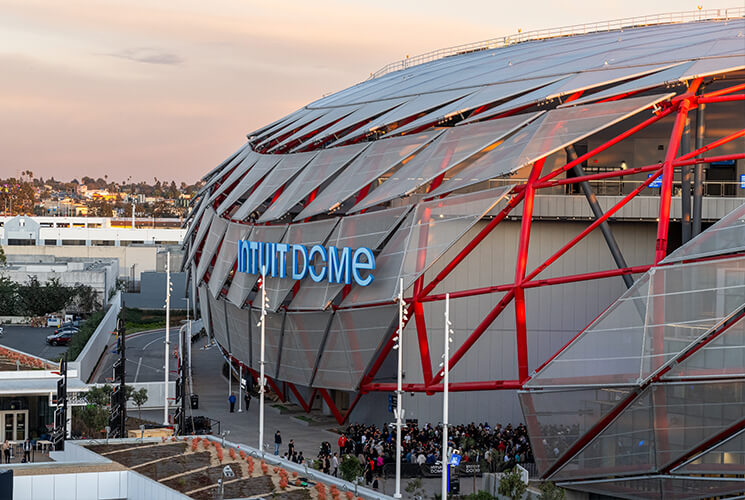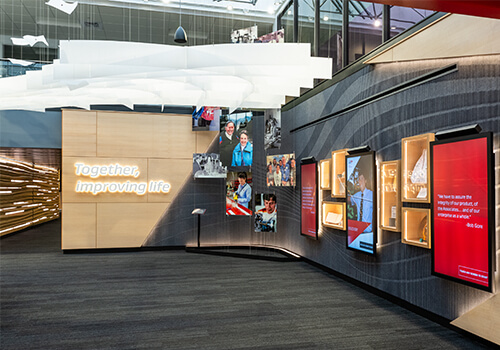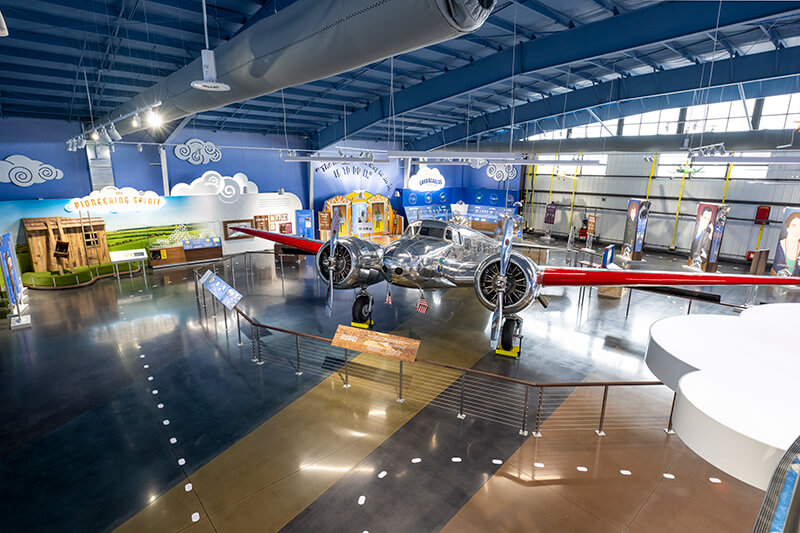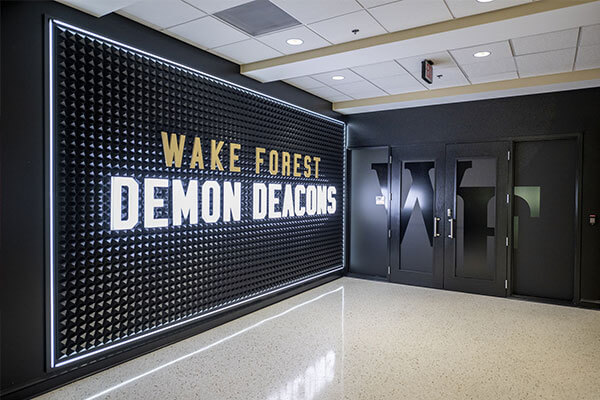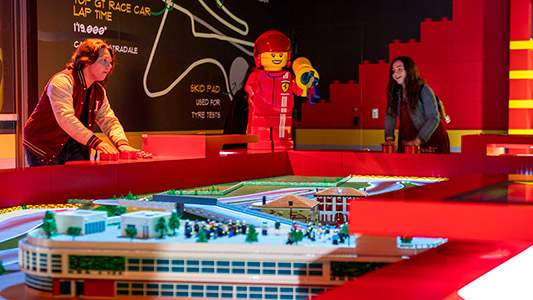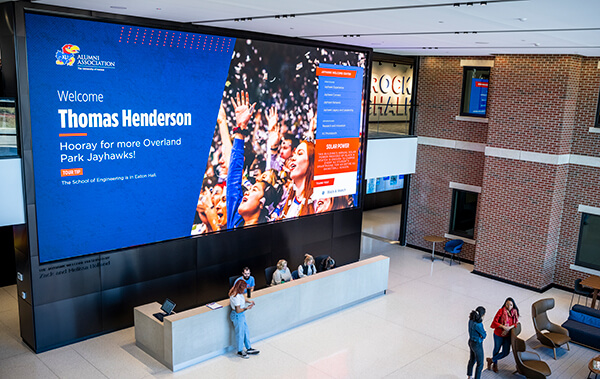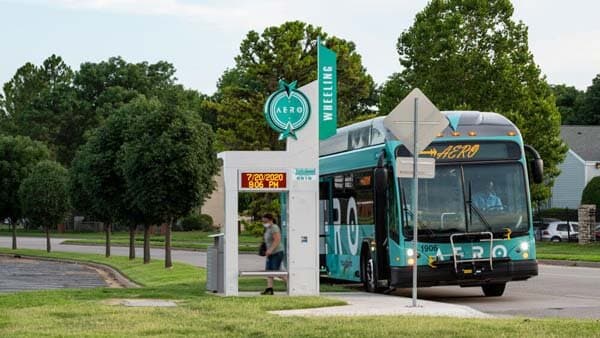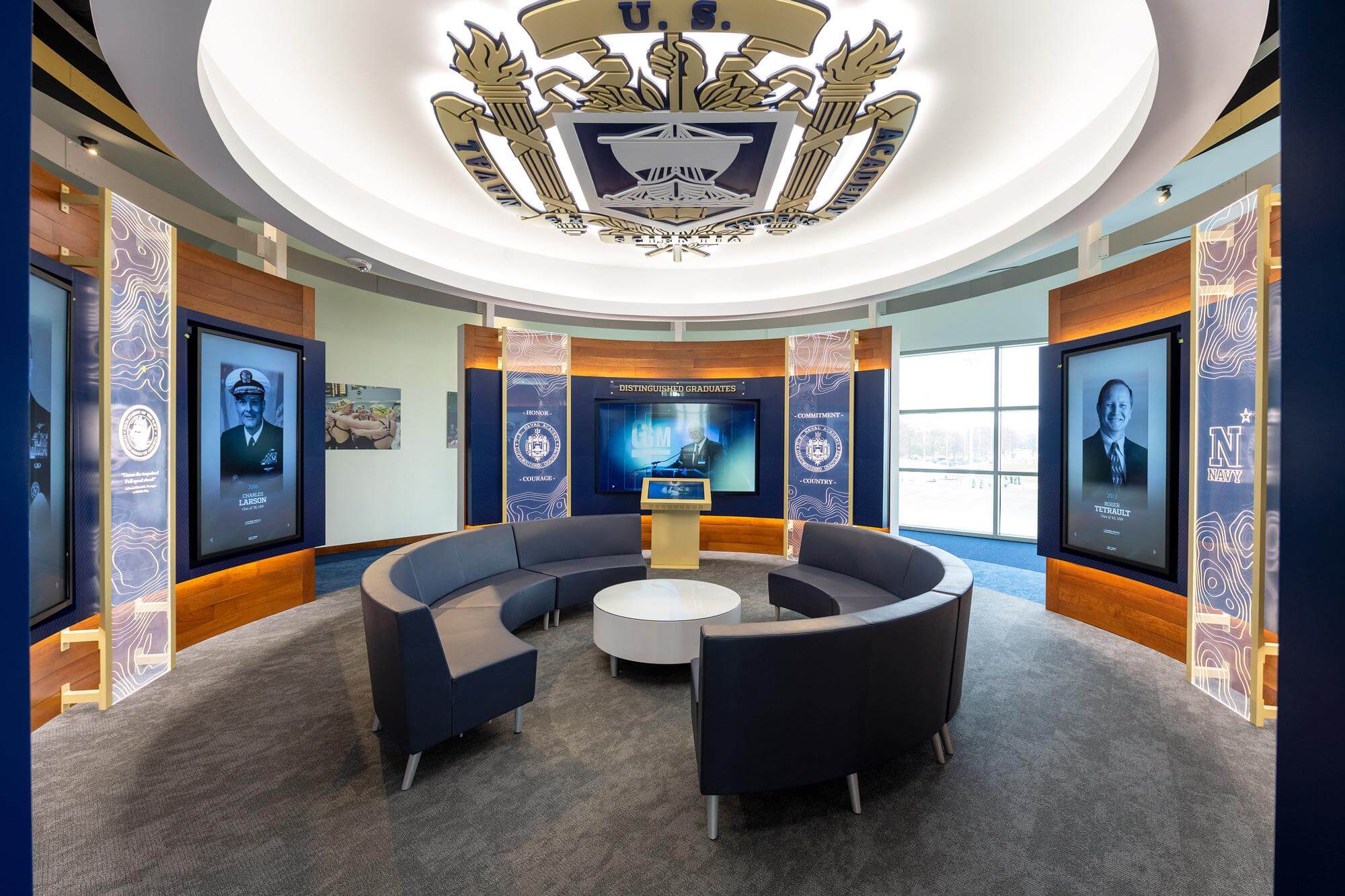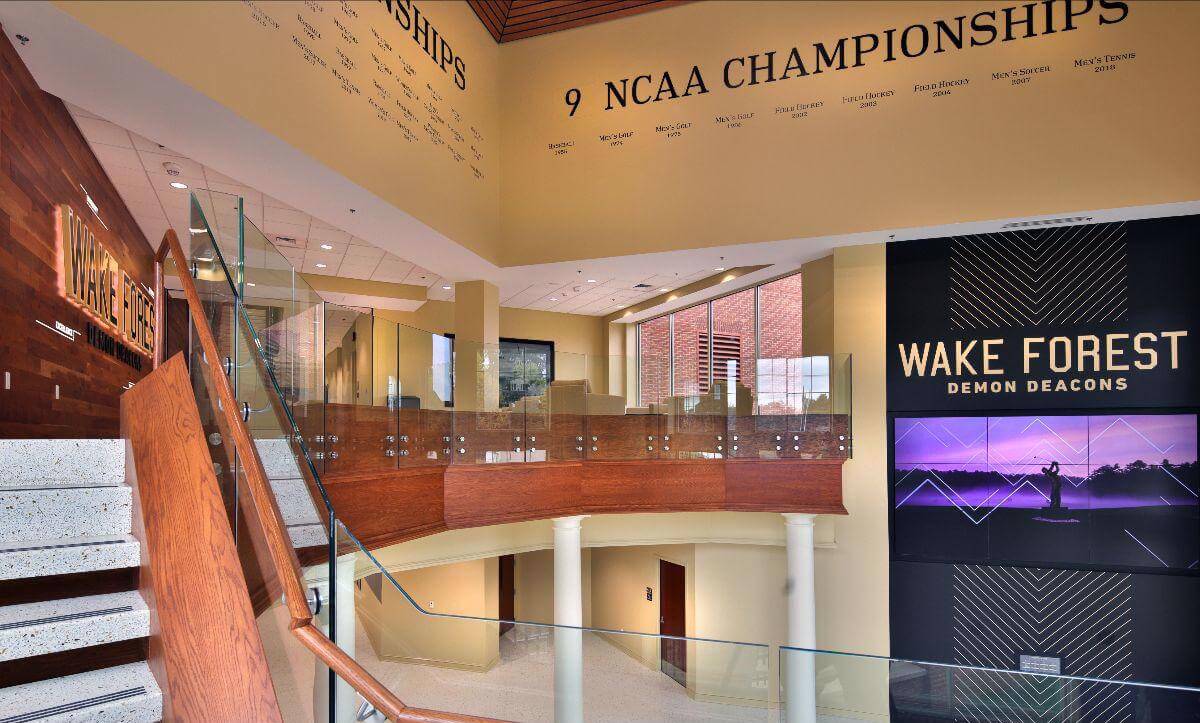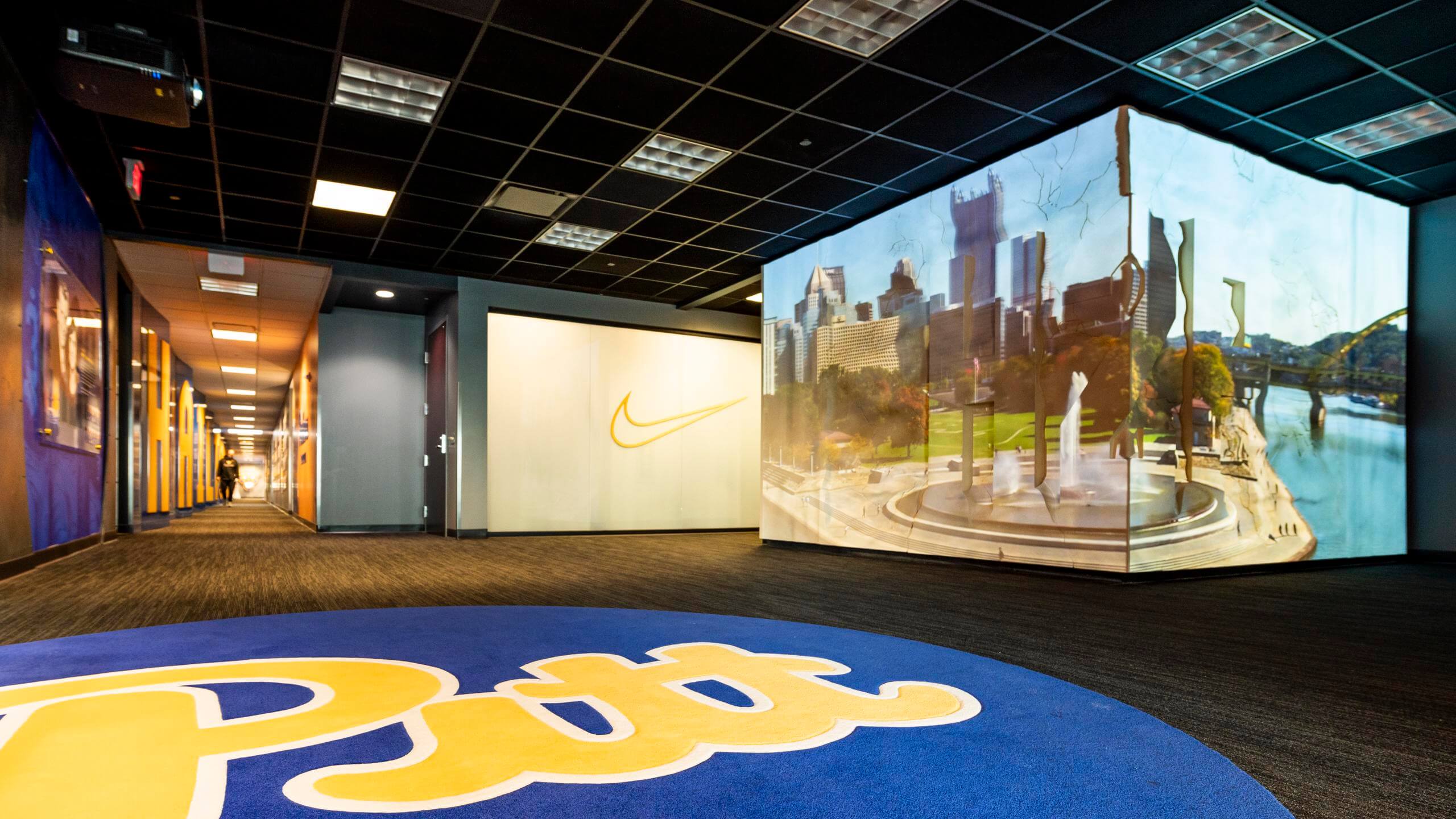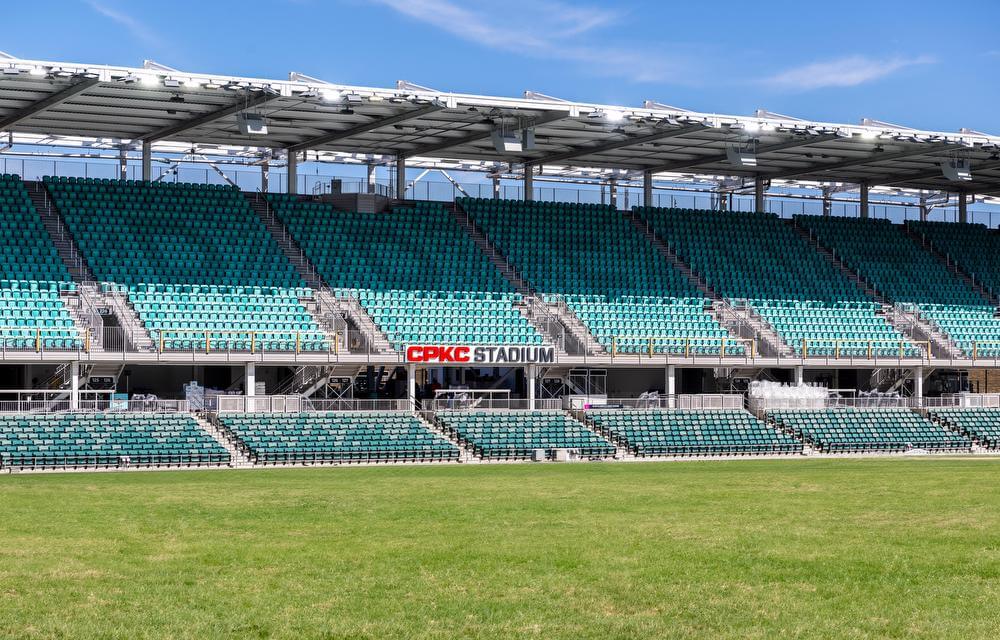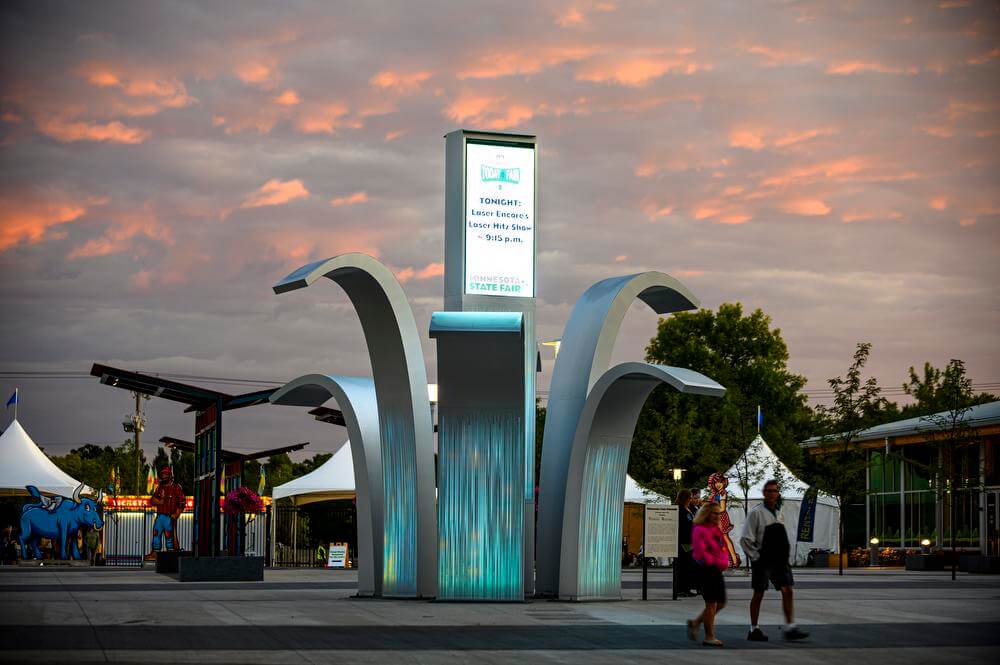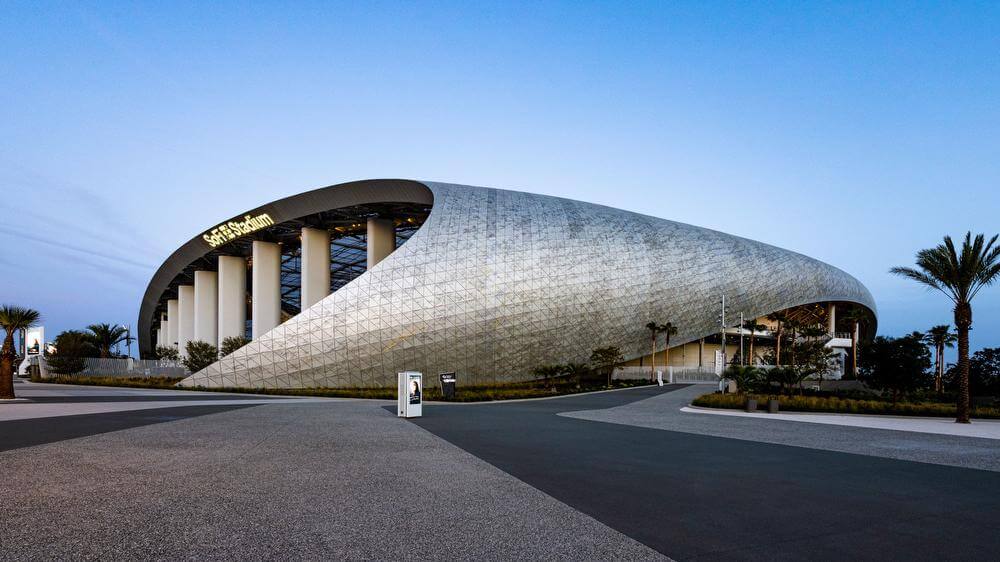Henry David Thoreau famously said, “Never look back unless you are planning to go that way.”
Universities and athletic departments, in many ways, aren’t wired to look back. The pandemic, shifting enrollment trends, social justice issues, virtual learning, and Name-Image-Likeness (NIL), to name just a few headlines, are influencing campuses across the country, including how they plan to exhibit their campus to visitors.
Campus Plan
Higher education is an experience. We often master plan for capacity, for buildings. It’s not that often we master plan for the experience itself. And the two should go hand in hand. Experiential planning is as important as planning for capacity. The university’s academic ethos is not firewalled from athletics. There is no way the academic and athletic mission isn’t blended. They go hand-in-hand and need each other. Acknowledging that it’s important can help transform and build on each other.
DI doesn’t design buildings per se, though we work hand-in-hand with university-led architect teams. Cohesive collaboration from the jump is vital between campus planners and architects. The earlier the collaboration, the better.
Wake Forest is a fantastic example. The master plan project encompassed facilities touching athletics and other parts of campus. Everyone at Wake Forest worked together with the broader vision. The student-athlete experience was prioritized, and the project was able to embrace how integrated the campus and athletic programs are.
Whether inside locker rooms or fan spaces, master planning projects inevitably draw the latest technologies—and having foresight about choices in technology is a critical step. Planning for technology is a big one because it’s so rapidly evolving. The answer is not just putting up a screen –think about infrastructure and how it communicates with existing CMS campus systems.
Technologies will change in some way in the next five years – campus leaders need to think about the background of it, the software. That’s why we spend significant time with university IT departments on their systems. We have to plug into the university’s networks, which is critical.
A university’s focus on the technology components should include maximizing the life span of the technology in the project. Our team of 100+ personnel working in the design lab and tech space reflects DI’s commitment to stay at the forefront of what’s next. We are constantly looking for ways to create new experiences. Our people seek out this type of work. It’s part of our culture.
Successful design projects start with alignment between campus offices involved in master planning. Facilities, design and construction departments – are all a big part of who we interface with. The project manager may come from one of those departments, even if it’s an athletics-specific project.
Beyond Dollars, Donors Can Offer a Vision
Donors are the lifeblood of college athletics. More than money, you have passionate people supporting your project. Obviously, their money has an impact, but more importantly, their name and legacy are connected to it. The more you can keep them engaged, the better everything can go.
Of course, a donor’s involvement has its limits. We all understand the campus leadership may need to draw a line somewhere. Maybe there shouldn’t be an expectation that a donor designs the building. Donors don’t have all the time in the world, either. They are successful and busy people. By bandwidth alone, they can’t be too involved with a process. Their insight is as valuable as anybody else’s, and making them a part of the vision development is vital.
The ability to foster buy-in on priority projects is an essential skill set, especially in athletics. The good athletic directors help donors see the need and the ‘why’ surrounding their priorities. As donors consider whether to invest time, vision, and money to support design projects, being able to pitch the visual component is critical, and DI bridges that gap. We can create visuals that reflect the project’s final design, but they don’t need to be specked to the last millimeter. We provide added value early in the visualization process.”
The Recruiting Path & A ‘Sharing Moment’
One of the priority ingredients driving design projects on college campuses today are the “recruiting paths”--- the route, the purpose, the timing, and the overall experience a university (including athletics) is trying to evoke for its visitors.
Think of the curated tour of a Disney theme park. There’s a thought to how you walk through the space. Consider how your emotions will change and move throughout your journey in a particular space or experience. The messages you want to get across are in the beginning, middle, and end. How do we want to close? Thinking that through in advance is important.
The immersion of social media in the lives of prospective students thinking about their college choice makes creating a space to brag about your campus visit a must. We have to consider ‘sharable moments’ that are important and become a bigger part of the campus recruiting tour. DI gets assists schools with selecting the lighting, green screens, cameras, and other equipment for these areas focused on visitors, including recruits. We can work with them to create original content to complement the school’s branding and tell the world about their visit. This creates a measurable engagement moment for the university.
Universities and athletic departments often have grand visions of their recruiting path, but some might be stuck in the ideation phase. The difference between having a recruitment path and executing one is huge. From clicking on a website to the day the prospect signs an athletics scholarship or applies for admission, it’s an emotional journey for a prospective student. We want someone to feel comfortable, and happy, and that they belong here.
The experiential focus of campus tours can equate to the most significant aspect of decision-making for universities and athletic departments. Think about what an 18-year-old and their parents are feeling at those moments. It’s about trust.
Not Losing Sight of Functionality
Understanding student-athlete's behaviors, coaches, and administration is also essential to these design projects. An athletic fieldhouse built for practices and training next to a study hall or tutoring rooms come to mind.
It reminds me of a legendary example where a locker room and training room at a Division I institution were separated by a public lobby. Understanding the function, flow, schedule and emotions of multi-purpose venues is critical during the planning stage.
We also use tech to track the standing time of visitors in front of our installments. Data helps show what’s working and what’s not. There’s an ROI to it. If we can quantify that 5,000 people stood in front of this installment for X amount of time, the university can sell that, too.
In Closing: Escaping Mediocrity and the Appeal of the Unknown
We really do liberate people from mediocre experiences. There’s nothing more vital than having a plan for the campus experience. Emotions drive our decisions, including picking a university.
It is a very impactful opportunity. We can adapt and take advantage of changing trends. Seeing what happens with NIL, technology, media rights, and conferences. It can sometimes be daunting, but we’re excited to see what happens. It’s a new frontier!



